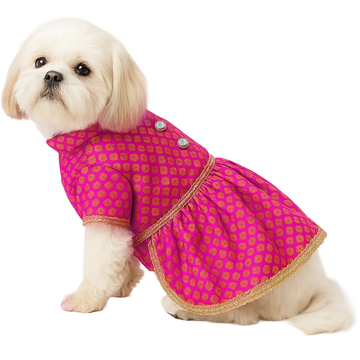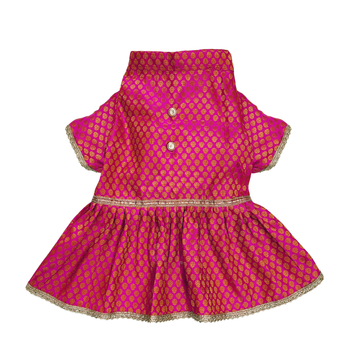Grey Hound

Grey Hound
| BreedHighlighs: |
|
Greyhounds were originally bred as hunting dogs to hunt down hare, foxes, and deer. Canines in this dog breed are extremely fast and furious, clocking speeds as high as 40 to 45 miles per hour. Because of their blazing fast speeds, they are touted as Ferraris of the dog world. Greyhounds made a mark in the domain of racing eons ago, and even today, they are a force to reckon with in races. |
| Weight: |
|
Male:27-40 kg Female:27-34 kg |
| Height: |
|
Male:71-76 cm Female:27-34 cm |
| Life Expectancy: |
| 9-11 yr |
| Litter Size: |
| 1-12 |
| Breed Appearance: |
|
Greyhounds have very short fur, which is pretty straightforward to maintain. They are visible in many well-known colors, There are approximately thirty recognized color forms, such as white, brindle, fawn, black, red and blue (gray). Sometimes, they can be witnessed in a combination of those colors as well. Greyhounds are dolichocephalic, i.e. they possess a skull that is long in comparison to its breadth, and they also feature an elongated muzzle. |
| History: |
|
It is widely believed that the word ‘greyhound’ has been derived from the Old English word ‘grighund.’ "Hund" is the antecedent of the modern "hound", but the meaning of "grig" is yet to be deciphered; however, the latter appears in many texts composed Old English and Old Norse. The word ‘grey,’ a part of the name of the breed is somewhat misleading as the Greyhound can be noticed in a miscellany of coat colors. The lighter colors, patch-like markings and white appeared in the breed that was once ordinarily grey in color. The Greyhound is the only dog mentioned by name in the Bible; many versions, including the King James version, name the Greyhound as one of the "four things stately" in the Proverbs.[52] However, some newer biblical translations, including The New International Version, have changed this to strutting rooster, which appears to be an alternative translation of the Hebrew term ‘mothen zarzir’. |
| Originally: |
|
This prehistoric breed is the fastest dog in the world, and can easily attain speeds of over 40 miles per hour (65 km/h). Carvings of the Greyhound were found in tombs in Egypt dating back to 2900 B.C. They are thought to have originally descended from the Arabian Sloughi and brought to England by traders before 900 AD. The breed was first brought to America by the Spanish explorers in the 1500s. They were one of the first dogs ever to be displayed in a dog show. |
| Currently Used As: |
|
Racing dogs,Hunting dogs |
| Training: |
|
Greyhounds are clean in their kennels, and once they know where you want them to empty, they will be glad to adhere to that routine.House training should begin as soon as your dog arrives home. Take them straight into the garden, wait until they relieve themselves and then reward them with a small piece of cheese or a dog biscuit. |
| Health&Care: |
| Generally healthy. |
| Living Condition: |
|
Greyhounds are vulnerable to bloat. It is recommended to feed them 2 or 3 small meals rather than one large one. They are sensitive to drugs, including insecticides. It is said that they are also prone to hypothyroidism. Nevertheless, Greyhounds' thyroid levels are naturally lower than most dogs and many people unknowingly subject them to unnecessary medical treatment for hypothyroidism. While treating the dog for thyroid issues, an experienced and proficient vet has to be consulted, otherwise the dog’s health can be at stake. |
| Excersie: |
|
Greyhounds that are kept as pets should have regular opportunities to run free on an open ground in a safe area and relish daily long, brisk walks, where the dog is made to heel beside or behind the person leading the way forward (this is essential as loyalty towards humans makes dogs set great store by them). Greyhounds love to lead a routinely lifestyle. |
| Grooming: |
|
The smooth, shorthaired coat is very easy to groom. Simply comb and brush with a firm bristle brush, and dry shampoo only when necessary. This breed is an average shedder. |
| Pros: |
|
Greyhounds are easy to live with, bred for quick bursts of energy and after-exercise sleep for most part of the day.Being tolerant dogs, they are used to live with other canines without entering into scuffles. They are quite decent with other animals and human beings.Your neighbours will appreciate the fact that your greyhound is not a compulsive barker.Greyhound coat is easy to keep and clean, and is barren of the typical pungent odour associated with dogs. |
| Cons: |
|
Being large dogs, they can and will steal from kitchen counters and occupy a large portion of your sofa.For these dogs, a soft bed is a prime necessity. Hence, provide one to them if you don’t want to share yours.Greyhounds are prone to safety risks near high-traffic areas and roads; so, fences and leashes are a must in such regions. |












